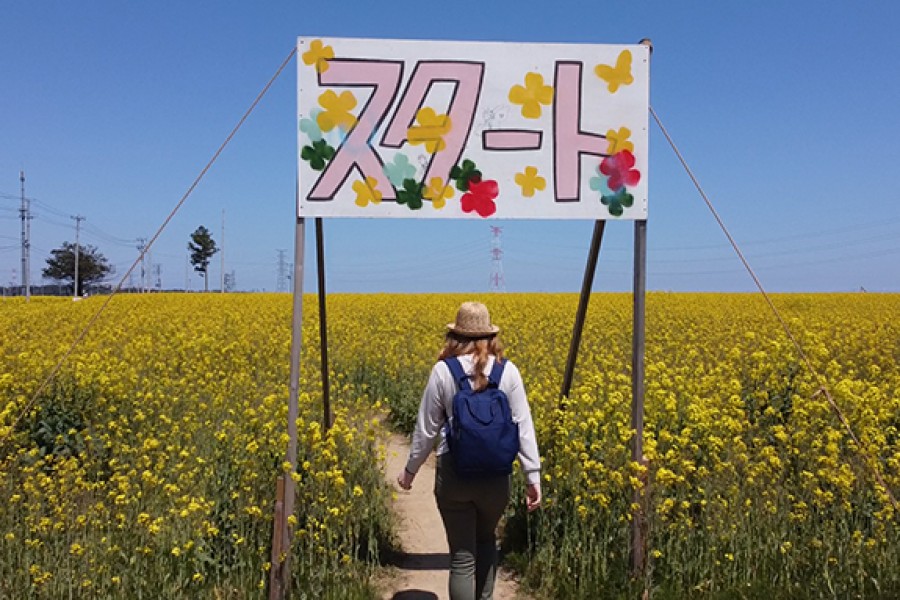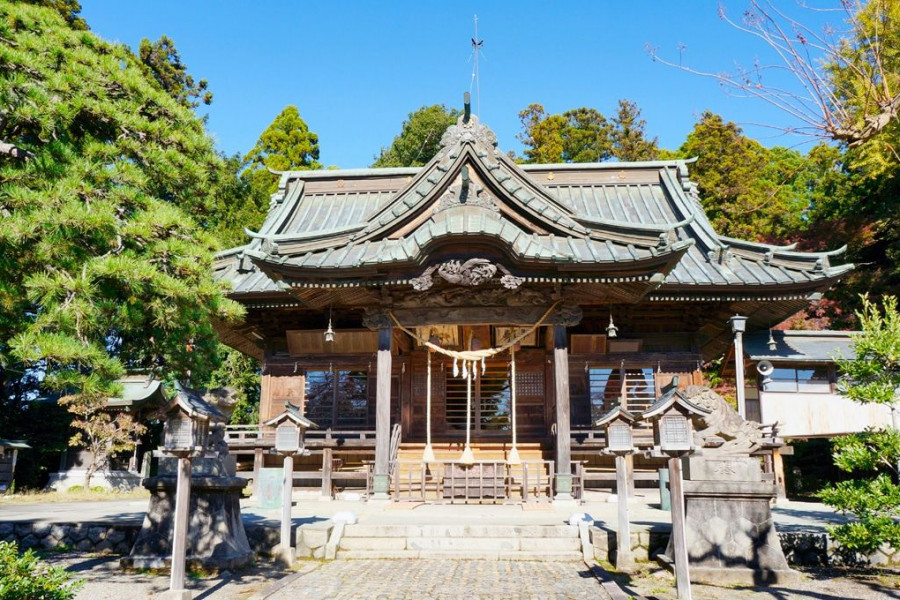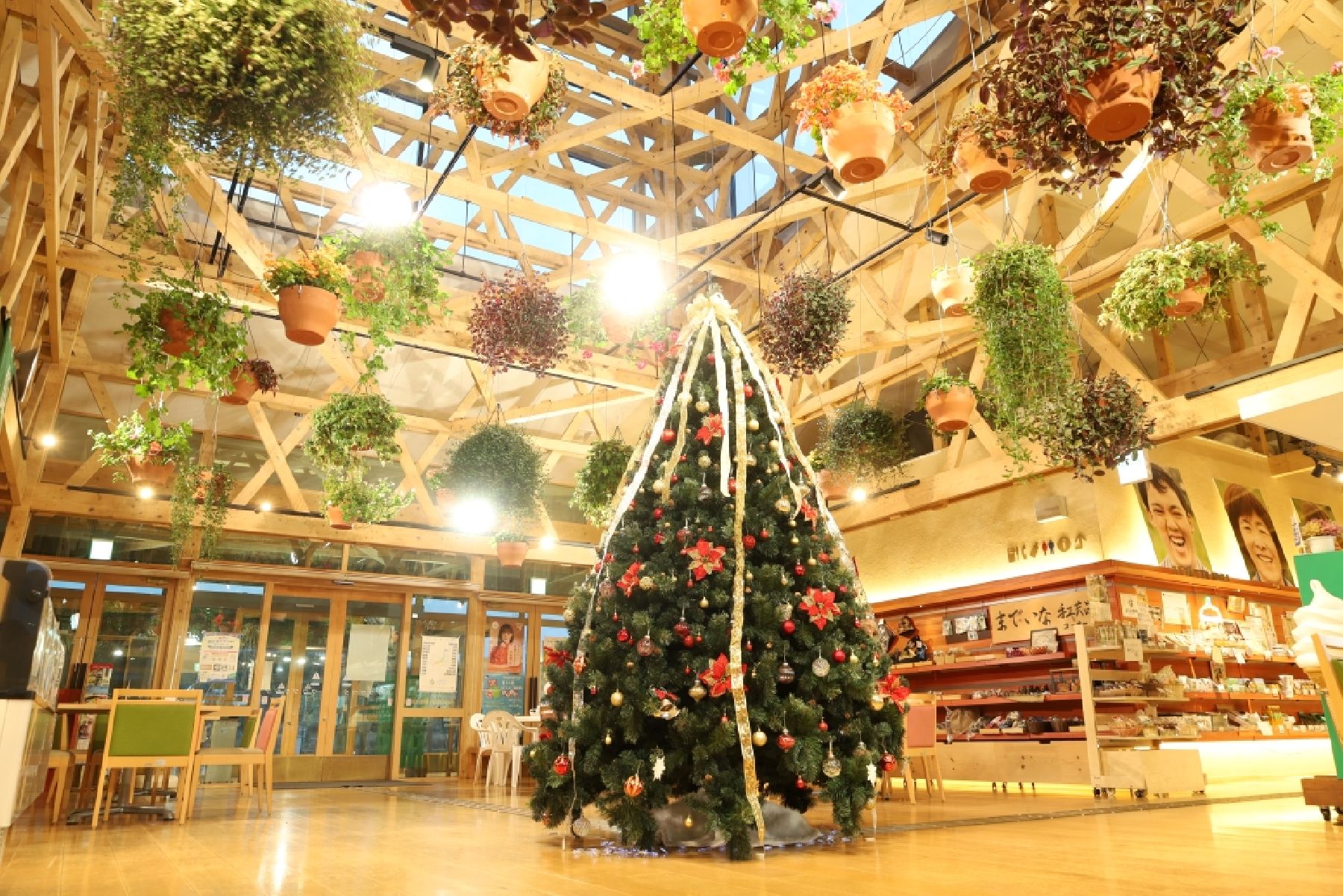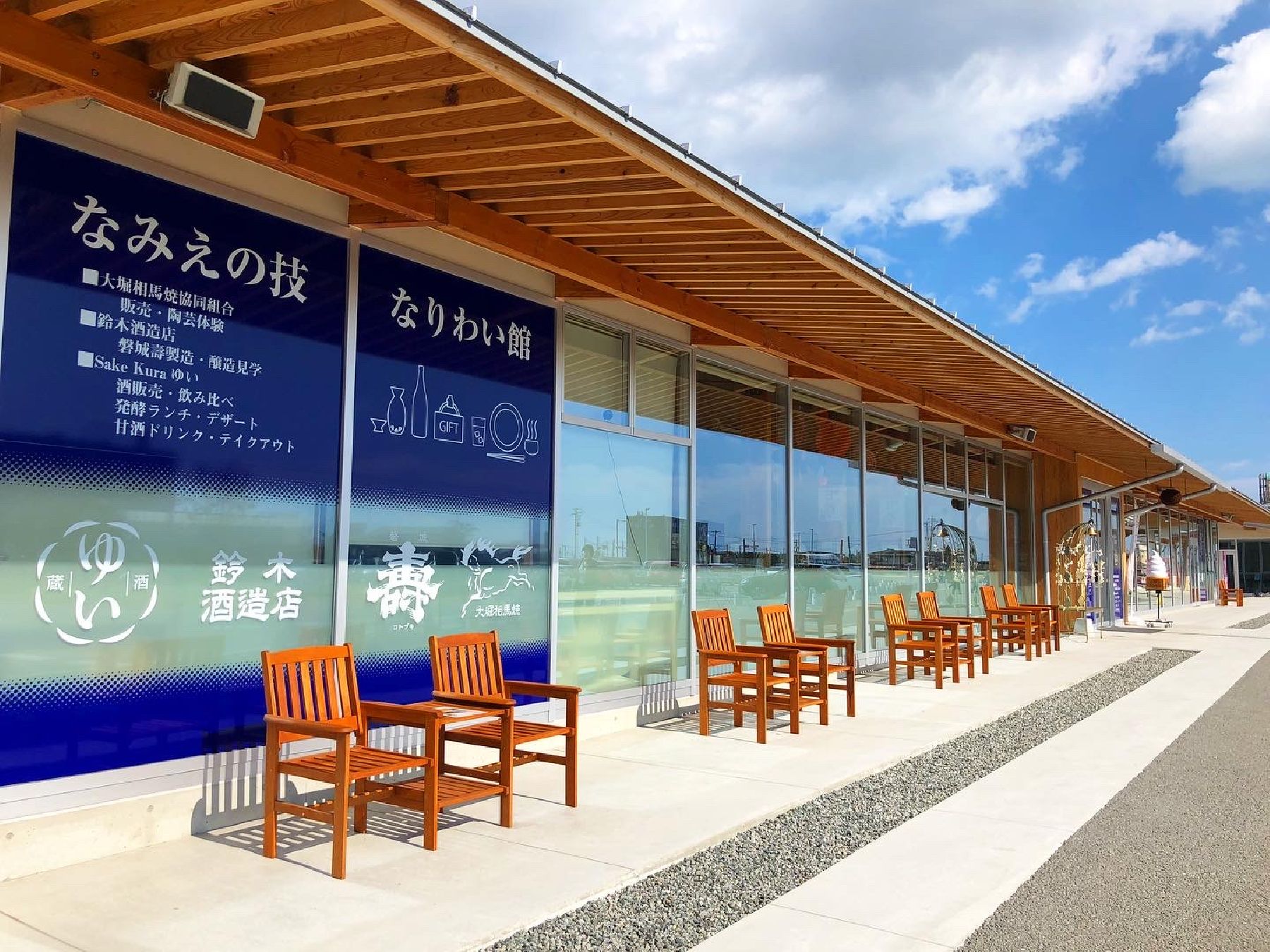
Nanohana Flower Fields and Mazes
A massive field of nanohana flowers that first bloomed in Spring 2012, bringing great joy to the community. Since 2013 to today, huge flower fields and mazes are organized for the public to come and enjoy entirely for free. Children can receive prizes for completing the maze and visitors of all ages are encouraged to walk through the maze and have fun. Takayuki Ueno is a local farmer and creator of the Nanohana Flower Maze, planting the first flowers here in November 2011; eight months after the Great East Japan Earthquake. Click here to read more about his inspiring story.






